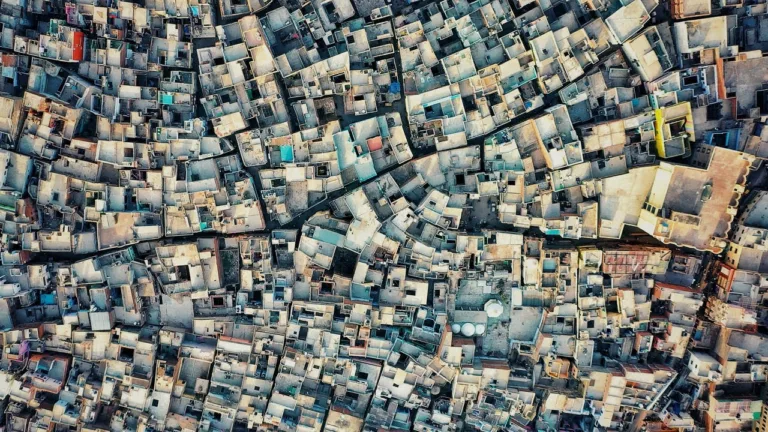“Before getting overwhelmed” - the Indian Federal Reserve’s clear eye on climate risk
By Georgina Woods, Head of Impact, The Climate Risk Group.
Tuesday, 9 May 2023
“India seems to be at the watermark of climate change – rather than single events, it is the increased frequency of extreme weather occurrences that is breaking the back of our capability to cope with natural disasters.” Reserve Bank of India, May 2023.

The Reserve Bank of India (RBI) dedicated its recent 2022-23 Report on Currency and Finance to climate change. Unlike the Governor of the US Federal Reserve, the RBI clearly sees climate change as a unique systemic risk to financial stability in the country. Its opening chapter, “The Climate Strikes Back,” recounts the country’s recent experience of extreme weather: hottest, wettest, and driest months have all been experienced in Indian states in the last few years. XDI’s Gross Domestic Climate Risk ranking released earlier this year found that after China, India had the highest number of states in the top 50 most at risk from climate change extreme weather damage to the built environment in 2050.
The RBI reports that, “The country experienced extreme weather events on 314 of 365 days of 2022.” These events claimed 3,026 lives and affected 1.96 million hectares of crop land.
Macroeconomic analysis by the RBI indicates that extreme weather events in the last ten years have lowered output growth in affected states and raised inflation (see paragraph II.36). Applying the modelling scenarios provided by the Network for Greening the Financial System, the RBI considered the impact on India’s GDP of those scenarios, modelling transition and physical risk separately, and then combining them (see paragraphs II.49-51).
The results are illuminating: India would fare worst under the “Current policies” and “Nationally-determined contributions” scenarios, “mainly due to dominance of physical risk impact in the case of India” and much worse than the average GDP impact on the rest of the world in these scenarios. Modelling inflation is more mixed, in the short-term (five years) transition risks from net-zero scenarios contribute to higher inflation, “before getting overwhelmed by physical risks.”
Among the biggest projected impacts on GDP is extreme heat. McKinsey found three years ago that India could become “one of the first places in the world to experience heat waves that cross the survivability limit for a healthy human being sitting in the shade.”
The country’s recent experience is bearing this out. The World Weather Attribution project reported last week that the recent heatwaves in India, Bangladesh, Thailand and Laos were 30 times more likely to occur as a result of climate change. Those cities and states that have heat action plans in place have seen lower fatalities, but these plans need funding mechanisms and provisions to particularly help vulnerable people.
For India, there’s a clear macroeconomic and humanitarian case for global decarbonisation in line with achieving net zero by 2050 and for financing comprehensive adaptation planning and action. Achieving such a trajectory requires individual firms, banks and institutions to price the overwhelming physical risks the RBI has identified into their business strategies. The RBI’s disclosure framework on climate-related financial risks and guidance on climate scenario analysis and stress testing cannot come too soon.
MEDIA ENQUIRIES
Petrana Lorenz, Director of Communications: +61 405 158 636
media@xdi.systems
